Developing Empathy to Understand Others
We all know individuals who lack empathy. Be it for their insensitivity when they make requests, or because they don’t listen to others, or for their intolerance towards other people’s ideas, or because they are always ready to argue. They simply cannot create a pleasant environment at work. Do you have such customers or colleagues? Or, are you this way?
People who lack empathy often find themselves at the center of conflicts, quarrels and incomprehension. This can be tiresome and stressful for all parties concerned, and can destroy relationships with clients, colleagues, superiors, and service providers.
An excellent starting point to improve one’s relationships is to develop one’s ability to empathize with others.
What is Empathy?
The root of the word comes from Ancient Greek « Pathos » which means “what we feel and how it affects us”. The suffix “pathy” is used to designate emotions and feelings and is preceded by a prefix which indicates the attitude which takes – or doesn’t – into consideration the emotions and feelings of others.
Therefore:
-
-
A-pathy = Does not perceive the emotions and feelings of others -
Anti-pathy = Minimizes / rejects emotions and feelings of others -
Sym-pathy = Shares emotions and feelings of others -
Em-pathy = Understands emotions and feelings of others
-
Empathy is the ability to see the world with the perspective of another person, to sync to their emotions and feelings, to be sensitive to what other people might think or feel towards situation. It’s knowing how to adequately perceive, without interpretation or judgment, what the other thinks or feels.
Developing Empathy
Empathy is a skill that can be taught and learned, and which is very useful in interactions with others. Here are a few tips to show empathy:
Examine your attitude
Often empathy is necessary when we are less inclined to use it: when we are stressed, misunderstood, irritated or defensive. In these situations, are you more preoccupied with winning or being right? Or is your priority finding a solution, establishing relationships and accepting others? Seeking to understand sometimes implies the changing of a well-established paradigm. Generally, we first seek to be understood, we tend to argue our position, defend our behavior and attack the other’s.
Put aside your point of view, and try to see things from another person’s
If you can integrate another person’s point of view, accept it – which does not mean you share it – or understand from within what the other is thinking, you will realize that other people are not necessarily ill-intentioned, mean, hard-headed or unreasonable, and that they are simply reacting to the situation based on the references they have.
Show some flexibility – be ready to accept a different perspective, to see the world with the eyes of another person, to understand their frame of reference. Without the right attitude and an open mind, you will not have enough room for empathy.
Show your interest in understanding
Show a sincere interest by actively listening to the whole message the other person tries to communicate.
- Listen with your ears – notice keywords and expressions people use.
- Listen with your eyes – what the other person is doing while talking, their expressions, their gestures, their posture.
- Listen with your heart – What emotions does the other person express? By their tone, their volume, their debit.
- Listen with your instinct – Do you feel that the person is not communicating something important?
- Ask questions – Support and encourage the other by showing them that they are worth taking the time to understand.
Validate your understanding
Once you understand why the other believes what they believe, it is important to show your understanding and to recognize their point of view. It’s knowing how to objectively express to the other person a just understanding of what they said or they feel so that they feel understood. Remember that recognizing something does not mean to agree with it. You can accept that people have different opinions than your own, and that they can have good reasons to stick to them. To show that we understand, we can use techniques such as elucidation, paraphrasing, rewording, and self-revelation.
Ask for help
In doubt, ask a person to explain their situation. It’s probably the most efficient, simple, and direct way to understand the other person. A simple “Help me understand why you see it this way / why you want this” is enough. Yet, it’s probably the least used method. We try guessing as if we were going to win points to have discovered it on our own.
A Last Word
Developing empathy requires a continuous effort, as well as conviction that it will contribute to improving your relational skills. To be ready to see the world from various perspectives is an enviable skill, and you can use it at all times, in any situation. Practice these techniques when you interact with people and show interest towards what the others think, feel and live.
When people feel understood, they are more incline to want to understand you – and that’s how you can introduce a cooperative and collaborative climate.





